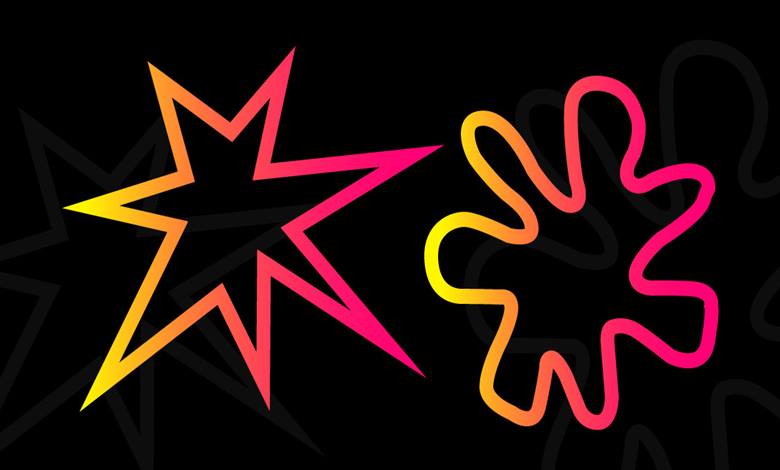Who was the first to prove that the connection between sounds and shapes is not a coincidence?
The effect that proves that the connection between sounds and shapes is not a coincidence is called the "Bouba-Kiki" effect. This effect was first noticed by German psychologist Wolfgang Köhler.

In an experiment he conducted in Spain in 1929, psychologist Wolfgang Köhler showed participants two shapes, one pointed and the other round.
He said that one of the strange shapes in the photo, which does not resemble any normally known object, is called "Takete" and the other is "Baluba". He asked the participants to guess which noun these shapes belonged to. The answers were surprising. The majority of the participants answered "Takete" to the shape with sharp corners, and "Baluba" to the second shape with round corners. The same experiment was repeated in 2001.
The bouba/kiki effect, or kiki/bouba effect, is a non-arbitrary mental association between certain speech sounds and certain visual shapes. Most narrowly, it is the tendency for people, when presented with the nonsense words bouba /ˈbuːbə/ and kiki /ˈkiːkiː/, to associate bouba with a rounded shape and kiki with a spiky shape. Its discovery dates back to the 1920s, when psychologists documented experimental participants as connecting nonsense words to shapes in consistent ways. There is a strong general tendency towards the effect worldwide; it has been robustly confirmed across a majority of cultures and languages in which it has been researched, for example including among English-speaking American university students, Tamil speakers in India, speakers of certain languages with no writing system, young children, infants, and (though to a much lesser degree) individuals who are congenitally blind.
Two psychologists named Vilayanur S Ramachandran and Edward Hubbard repeated Köhler's experiment using the names "Kiki" and "Bouba". In the experiment conducted in India, American university students and local Tamil-speaking people were asked: "Which of these shapes is Bouba and which is Kiki?" The question was posed. Both groups called the shape with pointed corners “Kiki” and the shape with round corners “Bouba” 95 percent of the time. Although it does not provide a definitive explanation of the subject, this research by Ramachandran and Hubbard is the most important study in this field.
As a result of these studies, the view that the sounds that make up a word may be related to the meaning of that word has gained importance. This research gave almost similar results when applied to people speaking different native languages and in different age groups. Based on these results, researchers put forward the idea that the human brain establishes a precise and consistent correlation between shapes and sounds.
Recent studies by Canadian developmental psychologist Daphne Maurer show that similar results are obtained even in children between the ages of 6 months and 2 years. The results of these experiments show that while names consisting of hard sounds are given to angular objects, names consisting of softer sounds are given to round objects. Researchers predicted that the shape of our lips may be effective when naming shapes.
When we say the word "Kiki" our mouth takes a smile-like shape, and when we say "Bouba" it takes a round shape. The “Bouba-Kiki” effect shows that the naming of objects is not completely random. The fact that many people, and even young children, tend to assign sharp words to pointed objects is thought to be evidence of this. So, does this thought model work for faces as well? Do round names for round faces and pointed-cornered names for square faces match?
This question was addressed by David Barton and Jamin Halberstadt in a 2018 article published in the journal “Psychonomic Bulletin and Review.” In the study, participants were shown some real and drawn faces, chosen as round or angular. They were then given a list of names suitable for these faces. Lips had to be rolled to say some of these names. More smiles were required to say the other names. Participants matched names with faces. As you guessed, the names we had to say by rounding the mouth matched the round faces; Names spoken with pointed lips were paired with angular faces.
